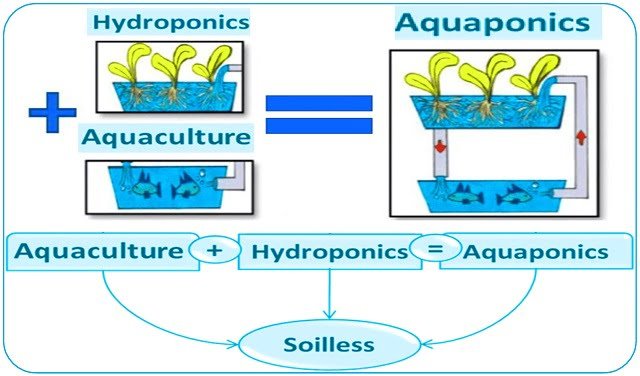UK – A new project will develop Artificial Intelligence tools to predict harmful blooms of algae in the ocean.
Harmful algal blooms (HABs) produce biotoxins, which can accumulate in shellfish and poison human consumers.
Blooms resulting in excessive growth of algae can also severely lower oxygen levels in water, potentially killing fish and other marine life.
HABs are a global problem with huge economic consequences that are increasing in frequency and impact, apparently in conjunction with climate change and increasing coastal development.
The new £200,000 project is being led by Cornwall Port Health Authority and supported by the University of Exeter, University of Glasgow, the National Oceanography Centre (NOC) and the Centre for Environment Fisheries and Aquaculture Science (Cefas).
This project has been made possible by a grant from the Department for Business, Energy and Industrial Strategy (BEIS).
Through the Centre for Sustainable Aquaculture Futures and SWEEP, University of Exeter researchers will work to develop and trial a range of innovative technologies for monitoring and modelling the development of harmful algal blooms (HABs).
Dr Andy Turner, from CEFAS, said: “This project will help develop a predictive approach for assessing natural toxin occurrence, which can ultimately benefit business in the region, aiding the safe supply of shellfish and reduced risks to the health of human consumers of shellfish.”
Innovations that will be developed include molecular detection methods for quantifying HAB cell abundance in seawater and lateral flow devices for quantifying HAB toxins in shellfish, as well as data-driven models for predicting HABs incorporating machine learning and statistics.
These are expected to assist regulatory authorities, such as Cornwall Port Health Authority, to target and schedule shellfish monitoring campaigns and harvesting closures more effectively, to better manage risks of HABs to human health and shellfish businesses.
Dr Ross Brown, from the University of Exeter (Sustainable Aquaculture Futures), said: “This work is particularly pertinent to hotspots in south-west Cornwall, where the frequency and duration of seasonal blooms of warm water HABs species could increase substantially with climate change.”
Predictions will allow aquaculture businesses to plan the siting and timing of operations, to minimise the impact of HABs, and in turn improve the viability of shellfish aquaculture in the South West.
Dr Oliver Stoner, from the University of Glasgow, said: “This work will exemplify the positive impact scientific innovation and statistical modelling can have on the sustainability agenda.”
The Regulators’ Pioneer Fund enables UK regulators and local authorities to help create a UK regulatory environment that will help “unleash innovation” and make the UK the best place to start and grow a business, the government says.
Business Minister Lord Callanan said: “Good regulation should spur entrepreneurship, not stand in its way, and this project will help keep the UK at the cutting edge of innovation.
“Predicting HABs using artificial intelligence could pave the way for exciting developments in the sector, bringing benefits to British businesses and consumers alike.”
The University of Exeter has launched a ‘Green Futures’ campaign and website to drive action on the environment and climate emergency. To find out more please visit
https://greenfutures.exeter.ac.uk
Source: University of Exter
Editor at the digital magazine AquaHoy. He holds a degree in Aquaculture Biology from the National University of Santa (UNS) and a Master’s degree in Science and Innovation Management from the Polytechnic University of Valencia, with postgraduate diplomas in Business Innovation and Innovation Management. He possesses extensive experience in the aquaculture and fisheries sector, having led the Fisheries Innovation Unit of the National Program for Innovation in Fisheries and Aquaculture (PNIPA). He has served as a senior consultant in technology watch, an innovation project formulator and advisor, and a lecturer at UNS. He is a member of the Peruvian College of Biologists and was recognized by the World Aquaculture Society (WAS) in 2016 for his contribution to aquaculture.




